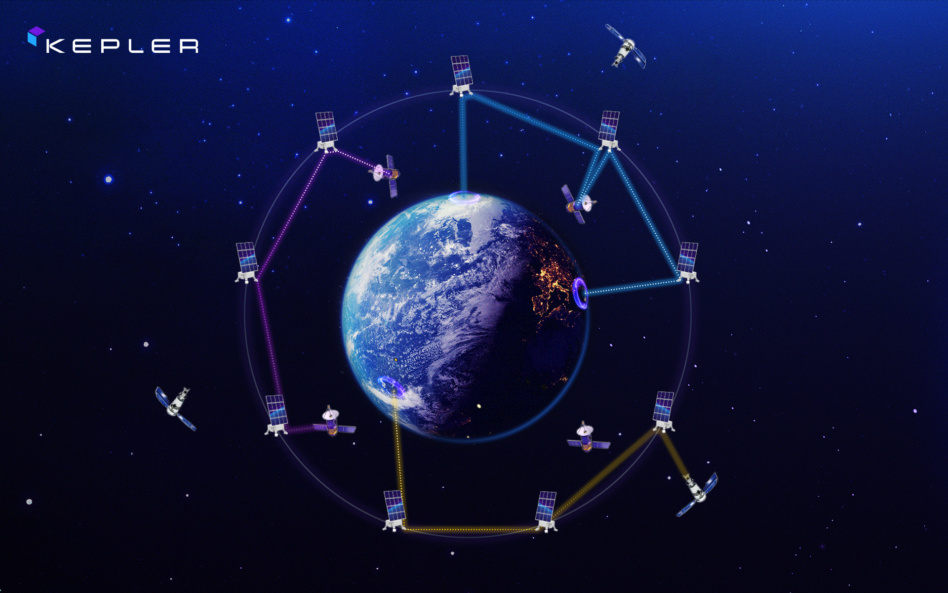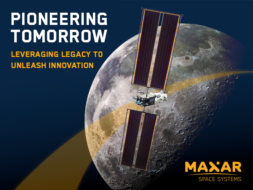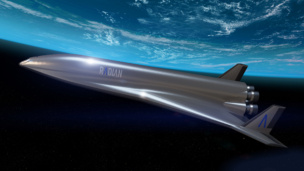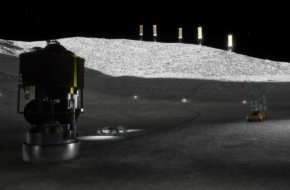As big data, Earth intelligence, and the Internet of Things increasingly shape our society, the appetite for real-time satellite communication has never been greater.
The rising demand—coupled with diminishing barriers to entry for satellite operators—has elevated the role of satellites in our everyday lives. Space-based comms are integral to our ability to connect to the internet, secure our communications, monitor our planet, and guide us on our roads and in our skies.
Need for speed: Yet, as users increasingly expect instantaneous connectivity, our present space communication infrastructure is proving to be too slow. To bridge the gap, satellite operators are leveraging next-gen optical laser links to swiftly relay information around orbit, ensuring timely delivery to its terrestrial terminals.
The data challenge in space
Legacy satellite communications are running up against the physical limits of radio frequencies, ground terminal bottlenecks, and the brief window during which a ground station can liaise with a LEO satellite while it’s in view. For example:
- An EO satellite can only deliver imagery when it passes over a ground terminal.
- Ground operators can only transmit commands when spacecraft fly over a ground terminal.
- Internet satellite users lose connection if a satellite cannot maintain simultaneous connections with both a user device and a ground station.
In addition, as space has become accessible to more satellites than ever, operators are competing for time on ground antennas and using decades-old infrastructure. This creates bottlenecks in downlinking information, limits bandwidth, and delays how quickly operators can receive data–sometimes up to hours.
Modern missions require modern communications.
The Great LEO Relay Race
Satellite operators are speeding up communication transmission by relaying data through a network of satellite-to-satellite laser links in orbit.
How it works: Rather than waiting for a LEO satellite to complete its 90-minute orbit and return overhead to a designated ground station for data downlink, satellites use lasers to beam data from satellite to satellite until it reaches a bird positioned above the operator’s ground station.
This satellite-to-satellite relay works at the speed of light, speeding up data transmission from minutes or hours to near-real time.
Laser vs. RF links:
- Lasers can potentially offer 10 to 100 times the bandwidth and data rate of RF communications.
- Power requirements are lower for optical communications, meaning satellites can be smaller (and cheaper to build and launch).
- Lasers produce narrow beams, making them harder to intercept compared to broader RF signals.
- Optical communication doesn’t require licenses, reducing the regulatory barriers to creating a relay network.
Government steps back: Today, NASA operates a constellation of GEO satellites known as the Tracking and Data Relay Satellite System (TDRSS) that provides data relay services in space. NASA is planning to phase out this constellation, opening the door for commercial space companies to step up and fill the resulting gap in future government communication needs.
Kepler is building the Internet for Space
Founded in 2015, Kepler has set out to build the Internet for Space to enable real-time communications for all space missions.
Launching this fall: Armed with a recent $92M Series C and proven flight heritage, the company is building a robust optical constellation that can connect with customer satellites and swiftly relay data in orbit until it reaches a ground station. The birds in each plane are continuously connected using SDA-compatible optical inter-satellite links.
Kepler aims to offer the first commercially available optical constellation.
The first two Pathfinder satellites are slated to launch this fall. The tech demonstrators will be used to test and validate the capabilities and inform the first constellation tranche.
A laser future: The future of space-based comms will depend on laser links to enable instantaneous connectivity. Governments will need to analyze defense data in real time to make timely national security decisions. Next-gen commercial enterprises, such as satellite internet, orbiting stations, and lunar habitats, will depend on robust and modern real-time contact with Earth.
Laser link relay constellations are poised to revolutionize the space sector, serving as the backbone for communication infrastructure and catalyzing further innovations in space exploration and commerce.




